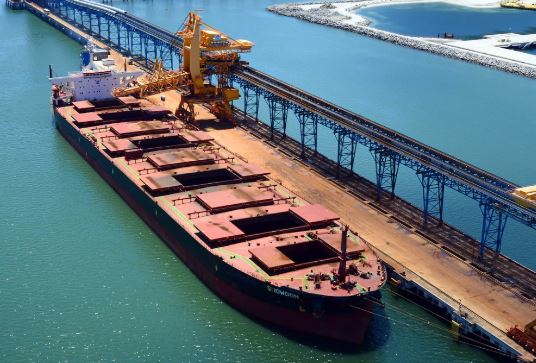Capesize freight rates slid on market concerns over fire incident in Brazilian iron ore terminal, which drove rates back from the highs of trading day.
The Capesize 5 time charter average then slipped by $1,510 day-on-day to $24,979 on Thursday, due to bearish sentiments that caused low fixing for C5.
The Baltic Dry Index (BDI) followed the correction in Capesize rates and dropped by 3.45% or 64 points to 1,792 readings.
More tonnage supply to return to the market
The weakening freight rates were partly due to trade participants’ expectation of more tonnage supply returning to the market, as weather conditions improved in China. Furthermore, there had been some slowdown in the physical market, with the Pacific market spotting a slim cargo list, after many fixtures were done in early January. In the meantime, the standoff continued for ship-owners and charterers in the Atlantic market, while there was some market talks of more ballasters arrival from the Pacific basin.
Bunker prices fall on demand uncertainty
Bunker prices seemed to lose some of its strength, as the price of VLSFO dipped by $0.50/mt to $452.50/mt at the port of Singapore.
The slight price decline followed market uncertainties over oil demands with more countries’ lockdowns and rising coronavirus cases in China.
Nevertheless, there was some upside as well, as China’s crude oil import rose by 7.3% on-year to record-high of 542.37 million mt or 10.85 million barrels per day, according to the country’s General Administration of Customs.
